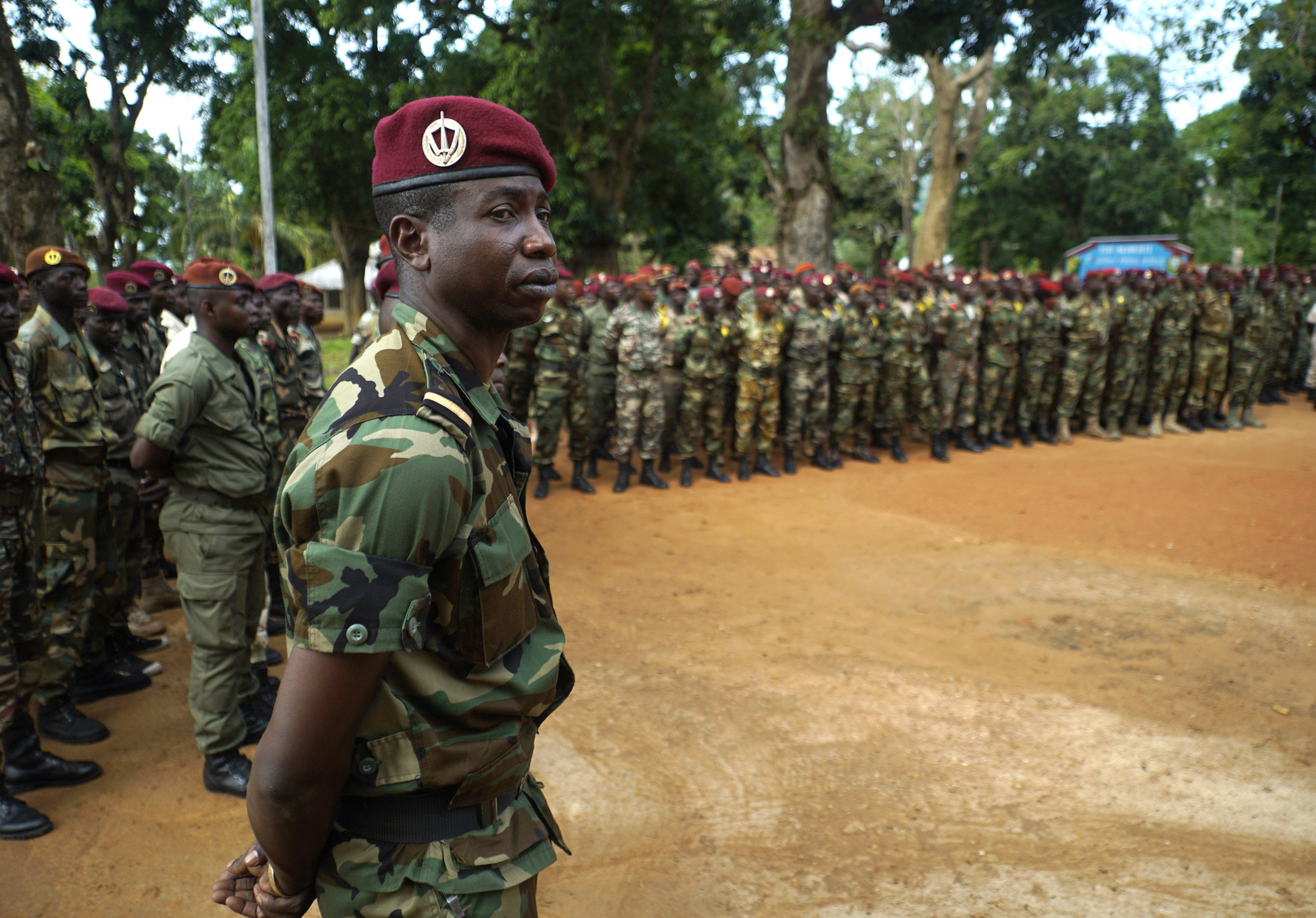As published by the New York Times on April 20, 2017

BANGUI, Central African Republic — Uganda began withdrawing its entire contingent of 1,500 soldiers from the Central African Republic this week, effectively ending the hunt for the warlord Joseph Kony and his guerrilla group, the Lord’s Resistance Army.
“As far as we are concerned, we’ve already achieved our mission,” said Brig. Richard Karemire, the Uganda People’s Defense Force spokesman. “The L.R.A. no longer poses a threat to us as Uganda.”
On Tuesday, the United States military is also set to officially end its mission to capture or kill Mr. Kony, whose fighting force has dwindled to about 100 soldiers from a peak of 3,000. The 150 American soldiers in the Central African Republic, the Democratic Republic of the Congo, South Sudan and Uganda will start a monthslong process of sending home equipment and turning over their bases to the host nations or the United Nations.
Over almost three decades, Mr. Kony, a self-proclaimed prophet, and his fighters killed more than 100,000 people and displaced more than two million, according to the United Nations. From 1987 to 2006, the armed group abducted more than 20,000 children to use as soldiers, servants or sex slaves, according to Unicef.
In 2005, the International Criminal Court issued an arrest warrant for Mr. Kony for crimes against humanity and war crimes.
Yet Mr. Kony continues to avoid capture. His troops are spread throughout 115,000 square miles of lawless territory in the border region of the Central African Republic, South Sudan, Sudan and the Democratic Republic of the Congo.
In March, accompanied by about 30 soldiers and 40 women and children, Mr. Kony traveled through Chinko nature reserve in the Central African Republic, according to aid workers in the country. The group formed a circle of smaller units, placing Mr. Kony in the center for his protection. Ugandan soldiers attacked, but the warlord and his forces escaped.
The Ugandan soldiers did recover Mr. Kony’s bathtub, which his troops have carried around for him in the bush for years.
Over the past few years, it has been rare to know Mr. Kony’s location so precisely. Most analysts say he has a haven in the disputed, mineral rich area of Kafia Kingi in the Sudanese state of South Darfur.
Sudan’s military has not participated in combating the Lord’s Resistance Army, and nonprofit organizations have reported that Sudan’s military has harbored and supported the militia since 1994.
But in January, President Barack Obama temporarily lifted select sanctions against Sudan after seeing “significant progress” by Sudan in “addressing the threat of the Lord’s Resistance Army.” The Trump administration has the option to permanently revoke the sanctions in July.
And for the first time, Sudan’s army chief of staff participated in an African Union ministerial coordination meeting, in Addis Ababa on March 30, to discuss the fight against the Lord’s Resistance Army.
“It’s a big mistake for the Trump administration to pull out of this mission right at a time when the government of Sudan is on the hook for providing actionable intelligence to find Joseph Kony, finally,” said Sasha Lezhnev, who monitors the Lord’s Resistance Army’s activities for the nonprofit Enough Project.
While acknowledging the militant group’s continued threat to the region, the meeting participants resolved to “ensure there is no security vacuum” and said the fight must continue “until it is eliminated.”
With the Ugandan forces heading home, the African Union envisions United Nations peacekeeping forces in the Central African Republic, the Democratic Republic of Congo and South Sudan taking on that task.
But according to an internal United Nations memo obtained by The New York Times, the Ugandan forces’ withdrawal represents “a significant setback” for efforts against the Lord’s Resistance Army in the Central African Republic and is likely to create a security vacuum that the United Nations peacekeeping mission in the region “will be unable to fill with its current capacity.”
The internal analysis also concluded that the Ugandan withdrawal will also “bolster the L.R.A. — likely leading to a rise in attacks against civilians and serving as a deterrent for future L.R.A. defections.”
Officially, the United Nations mission in the Central African Republic is still determining how it can fulfill its mandate to protect civilians in the region, according to a United Nations spokesman.
In 2016, L.R.A. forces abducted more than 700 people, including dozens of children, and displaced hundreds of other civilians, according to research by Paul Ronan for the monitoring group Invisible Children.
Mr. Ronan said the end of the mission against the group is disappointing, signaling to other armed groups in Africa and around the world that “U.S. commitment to bringing perpetrators of mass atrocities to justice is fleeting.”
Mr. Lezhnev, from the Enough Project, had a similar assessment: “This problem will fester, “and will just increasingly infect this region to the point where there’ll likely be a new major humanitarian emergency.”
The Central African Republic Army will rely on the United Nations troops to maintain security in areas affected by the Lord’s Resistance Army, according to Lt. Col. Ishmael Koagu, the army’s deputy chief of staff for planning. The United States is supporting the rebuilding of the Central African Republic Army, which has about 4,000 poorly trained and poorly equipped troops.
“Because if there’s glaring instability, even in a place that’s remote, like C.A.R., that doesn’t serve American interests,” the American ambassador to the Central African Republic, Jeffrey Hawkins, said in an interview in his home last week.